02 Aug
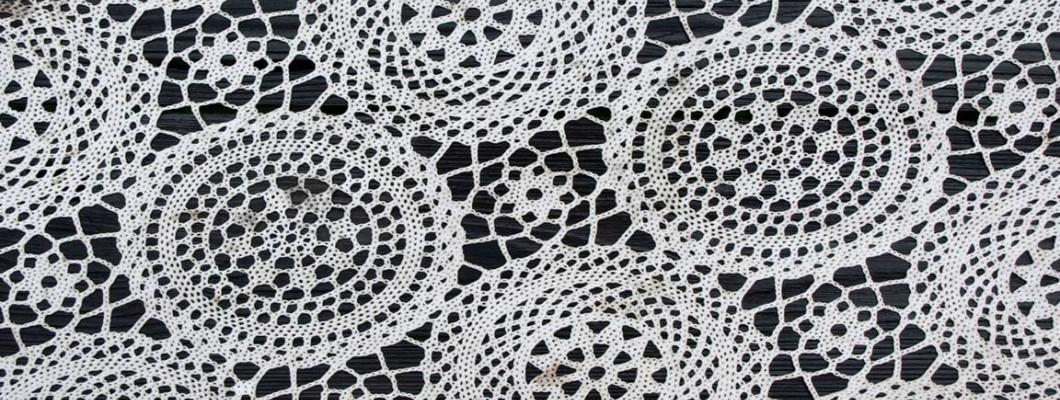

“Punto Tagliato” in Italian or just simply cutwork in English is a needlework technique in which a part of the fabric gets cut in a way that forms holes on a piece of textile, and then with the help of embroidery and needle lace, these spaces get filled.
Needlework techniques such as Carrickmacross lace, whitework, hedebo, early reticella, and Broderie Anglaise; these all incorporate cutwork, in other words, there are several forms of cutwork embroidery. Cutwork also correlates with drawn thread work, but in drawn thread work – usually, either warp or weft threads are withdrawn while, in cutwork, both of the warp and weft threads get drawn.
Italy is the birthplace of the cutwork technique; this is where cutwork originated its roots. Cutwork came into existence in Italy during the Renaissance period – a period in their history that saw the rise of the expansion of the culture, which scattered all over the world. Renaissance initiated from the 14th century covering till the 17th century. Earlier in the time, cutwork was molded into the designs and decorations for the ruffs. Cutwork is still quite popular and utilized in contemporary fashion.
Cutwork embroidery has two ways to implement itself on the fabric or textile. The two ways are hand cutwork or laser cutwork.
Hand Cutwork:
It is more of a traditional way to do embroidery and is the most traditional form of cutwork. However, it requires precision and time because all of the work depends on your hands. In hand cutwork embroidery, you cut away the portions of the fabric and apply the stitches to avoid the fraying of raw edges.
Laser Cutwork:
It is the most efficient and precise way to implement cutwork. In laser cutwork, the laser contains heat and holds the ability to render and seal the edges of the fabric to avoid the fraying of the material during the process. The laser cutwork enables you to set the depth of the laser according to yourself, which may help you make unique designs.
Have Fun Sewing & Embroidering!

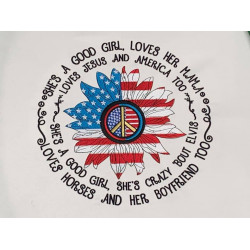

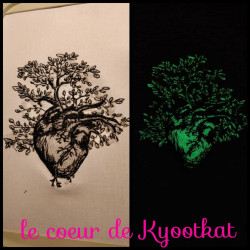
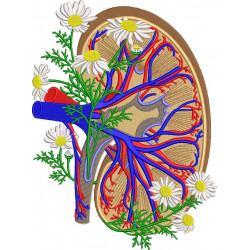

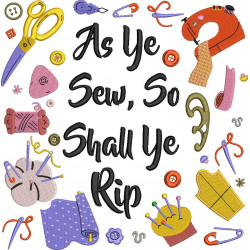
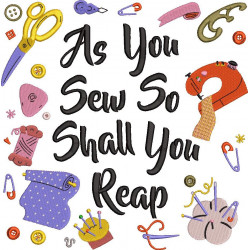


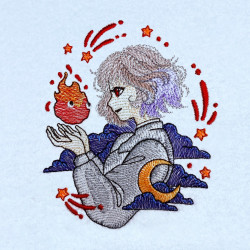
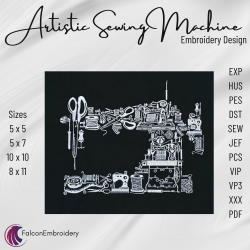



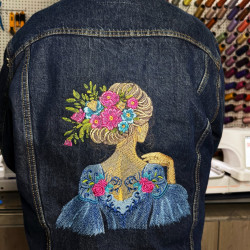
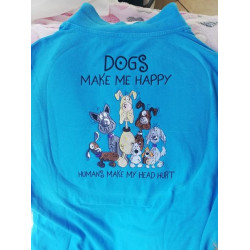










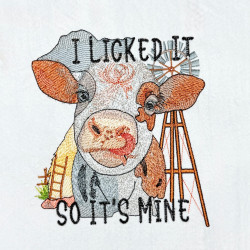

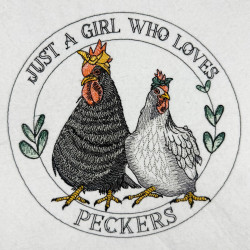

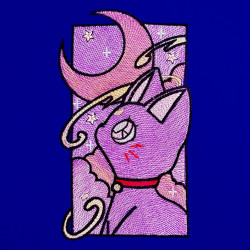

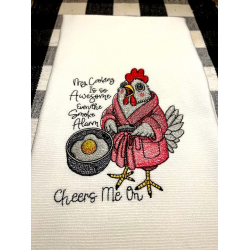


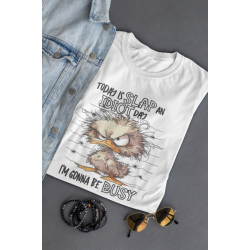


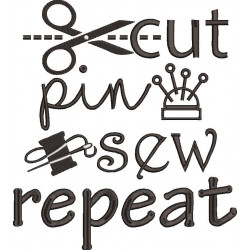

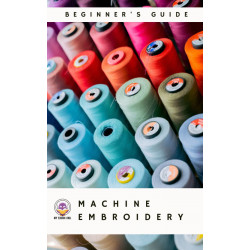

Leave a Comment